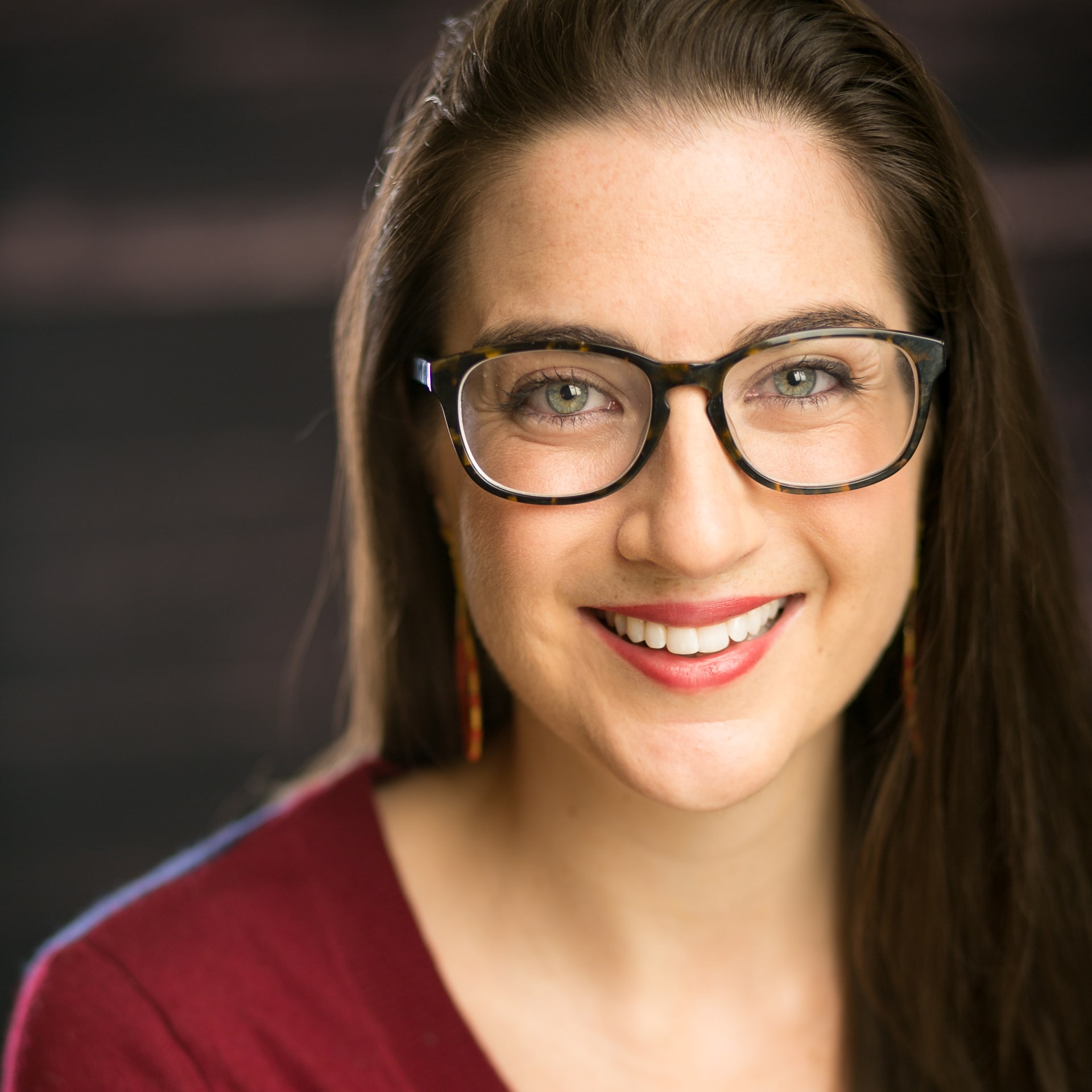More and more schools are committing to and designing personalized learning models. Although they vary, these models tend to share some common efforts, such as affording students choice; building multiple pathways to mastery; and creating project-based, real-world experiences.
The field often defines personalized learning by what it’s not: it’s a foil to our existing highly “standardized” approach to education, which has batched kids by age and grade level for over a century, insensitive to their various needs, strengths, and interests. But as personalized approaches begin to scale, the fact of the matter is that to personalize schools will still have to standardize—that is, schools will have to come up with repeatable processes that they implement to drive learning among different students in different circumstances.
Standardization, it turns out, need not be the enemy of personalization. But arguably one key difference between a system that standardizes to personalize and one that doesn’t is whether it starts with robust diagnostics that put precision first.
What schools can learn from healthcare’s efforts to personalize
The healthcare field provides a compelling illustration of this phenomenon.
Currently, the business model that underlies the healthcare system can deter investment in diagnostics. If an organization’s business model makes money based on treatments (which most hospitals and insurers do), it’s not surprising that the organization—and the industry that supports it—will tend to underinvest in diagnostics and over-deliver on treatment. As a result, at its worst, the healthcare system is incentivized to throw numerous treatments at patients in a non-standardized and unreliable manner.
Largely because of distortions in how the system reimburses care, healthcare has sorely underinvested in R&D in diagnostics and focused more on treatments. In turn, some efforts afoot to ‘personalize’ medicine are woefully imprecise and exorbitantly expensive.
As Clay Christensen has pointed out, a more robust stock of diagnostics would allow hospitals to organize reliable and standardized processes for what to do, in what circumstances, for what patients. This would allow for care that would at once be more affordable and more personalized. Put differently, it would allow hospitals to standardize their processes in a manner that better personalizes care. A patient would not be left to float aimlessly from department to department, as providers attempted to treat symptoms and perhaps discover what’s wrong along the way. Instead, initiating patient intake by administering effective, precise diagnostic panels would chart a clear path forward, streamlining hospitals’ byzantine processes and targeting care.
Better diagnostics, in short, can lead to repeatable interventions that more reliably cure individual patients. They could usher in “personalized” approaches to medicine along a standardized understanding of diseases and cures.
The personalization paradox for schools
As more schools pivot to a personalized vision of instruction, they are likely to run into some of the same problems plaguing healthcare’s efforts to personalize medicine. Just like we lack robust R&D in diagnostics in medicine, we have limited tools and processes in place to gauge precisely what a student needs and the sorts of experiences that can drive his learning forward. Without these insights, personalized learning environments risk standardizing their processes around “treatments”—flexible and varied learning experiences—in a vacuum of understanding the underlying needs and circumstances of their students.
Given the paltry state of assessments, in other words, personalization may end up being both expensive and woefully imprecise, much in the way that personalized medicine without reliable diagnostics can be.
The paradox schools face, then, is that to personalize at scale they will eventually need to standardize processes. But with measly investment and limited competition in assessment, education’s diagnostic toolkit may be even further behind that of healthcare.
Guarding against lack of precision
How can the field mitigate these risks and ensure that as personalized learning approaches scale, we’re doing so around the right dimensions? First, philanthropists calling for personalized learning need to increase investments in diagnostics and R&D that reveal where students are and what range of experiences reliably drive learning based on those circumstances.
Second, schools systems and districts committing to personalized learning need to focus in equal measure on designing or procuring personalized curriculum and learning experiences and investing in reliable diagnostics that can help locate learners (to borrow a phrase) and chart a range of effective learning paths based on that understanding. This should in turn hopefully spur greater demand for, and competition in, the assessment industry for diagnostic tools that can better shape day-to-day processes in teaching and learning.
Lastly, just as the leading business model in healthcare today—making money based on treatments—deters investment in R&D in diagnostics, education’s business model suffers some of the same downfalls. Because schools receive funding based on enrollments rather than outcomes, there is little urgency to focus on precision diagnostics that could capture information that is sensitive to students in a variety of circumstances. Business model and funding innovations across the education system, therefore, could prove a critical lever to shift the calculus in schools towards a greater investment in assessments that could power personalized learning at scale.



